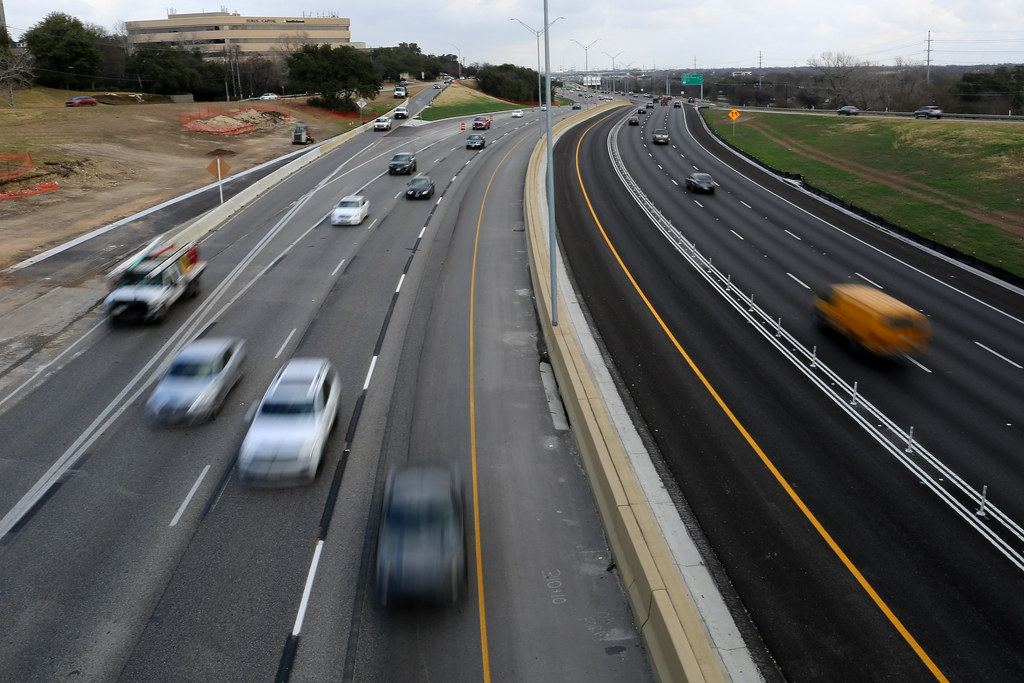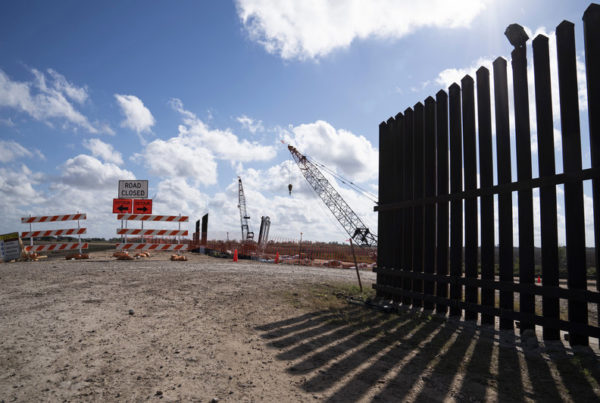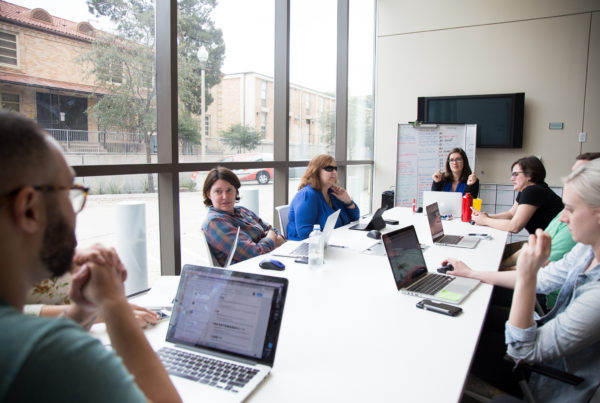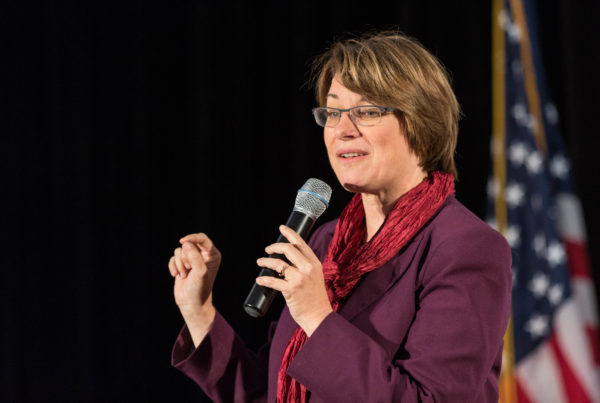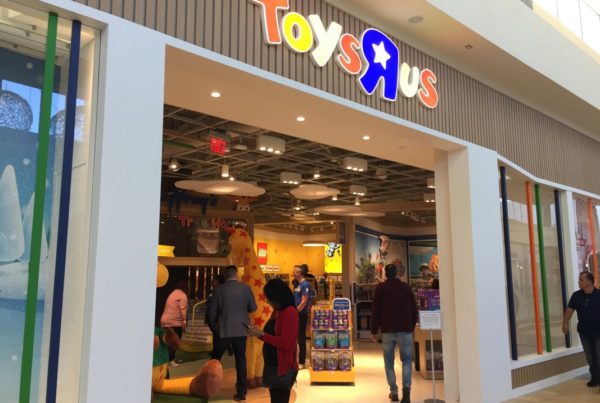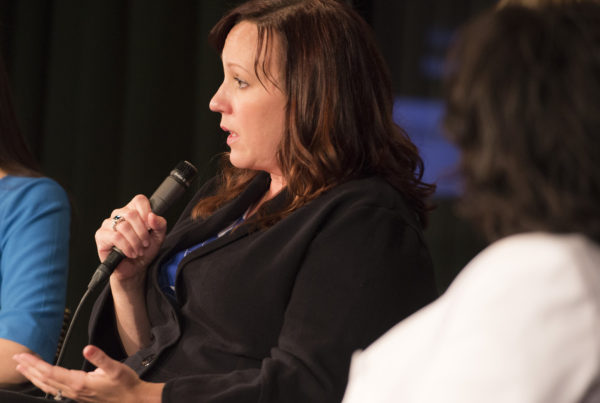On average, 1,000 people move to Texas each day. And traditionally, that means more roads and more lanes to accommodate new drivers. But when it comes to roads, is bigger always better?
Marshall Beldon is a University of Texas at Austin student from San Antonio. Driving back and forth between San Antonio and Austin, he’s become quite an expert in road construction, and back home in San Antonio, he sits in traffic on the city’s eastern thoroughfare – Loop 1604.
“I mean 1604 is just stuck at two lanes, I don’t even try to go on 1604 after 5 or 6,” Beldon says.
The state is working to ease the traffic, and drivers’ white knuckles. Like many Texas highways in recent years, Beldon’s Loop 1604 route has already added new lanes to make room for more drivers.
“They’ve added a bunch of overpasses left right… which completely changed the way traffic is being handled,” Beldon says.
This is normally how it goes. The Texas Department of Transportation, or TxDOT, typically builds additional lanes to address road congestion. In Fort Worth, there’s a $77 billion highway construction plan. In North Houston, it’s $7 billion for highway improvement. And in North and South Austin, there’s a $700 million project. All will add lanes to preexisting highways.
David Schrank is a senior research scientist at the Texas A&M Transportation Institute, which works with TxDOT. He says that road widening is the favorite solution for the state’s traffic troubles.
“Widening roads is a very expensive option when it comes to trying to improve transportation, but when you have some of the funding available and you have high growth areas, providing new capacity via roadway widening is a pretty good option,” Schrank says.
But that’s where the rubber meets the road. As more asphalt is laid out, more drivers are attracted to the new lanes.
“And so when you are going to widen a road, you hope that the demand is going to be there to justify that widening,” Schrank says. “So if your spending hundreds of millions or billions of dollars you hope that it’s not going to be on a road to nowhere,” Schrank says.
Brian Purcell is a road project junkie. He evaluates TxDOT projects for fun on his website The Texas Highway Man. He says that the state’s road-adding model is only a temporary solution.
“That’s kind of been the conventional wisdom is to expand highways, you make it bigger and it can accommodate more road or more traffic rather,” Purcell says. “And in general, at least initially, they do seem to work. You get that immediate gratification that the road is wider and you get the free-flowing conditions for several years.”
But the benefits doesn’t last forever. And the reason is explained by something called the Fundamental Law of Congestion.
“The Fundamental Law of Congestion, which is eventually [that] traffic will expand and fill the available capacity,” Purcell says.
The more lanes you build, the more cars you attract. It’s a catch-22. The new space eventually fills up and then congestion returns to the level it was prior to the lane additions. Experts like Shrank agree that adding more roads is feeding our dependence on cars. Right now, most Texans prefer, and depend, on their personal car. But according to Schrank, new technology could change that.
“The road capacity we have today may be enough for the future with all the technology and automation that we might be able to get enough with what we have without needing to build,” Schrank says. “Plus, who knows what’s going to be in the air with drones and going back to the pie-in-the-sky Jetson image of years gone by, where we are flying our hovercraft around.”
It will probably be a few years before your tires will leave the asphalt. But that doesn’t help Marshall Beldon’s commute today. Back at the University of Texas, Beldon is happy to see more road space – for now at least.
“[On the road], I guess there are costs and benefits, but right now it’s smart to add lanes because the Beldon cities are just getting bigger,” Beldon says.
Bigger is an adjective we love to use in Texas. Bigger cars, bigger roads, bigger cities. And for now, transportation planners are committed to the additional lane model, to provide us with bigger roads, too.


